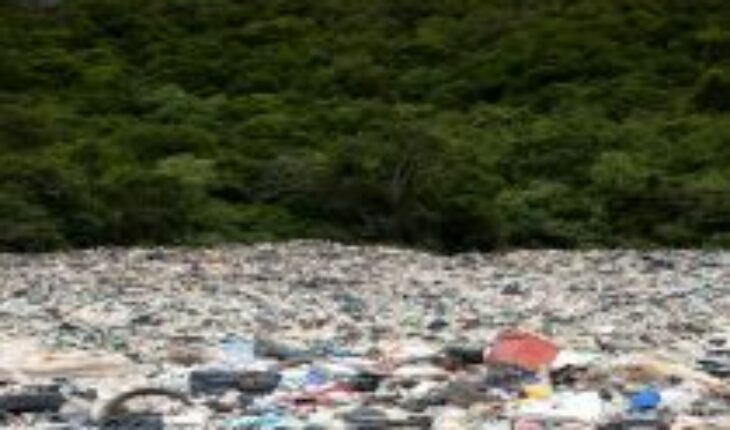Despite the Pandemic, announced in March 2020, and the social and economic crisis that has affected the country, recycling continues to grow in Chile, both industrially and domestically.
According to the 2nd Plastics Recycling Study in Chile, developed by the Association of Plastic Industrialists ASIPLA, this growth is reflected in the fact that, of the 970,000 tons of plastics consumed in Chile in 2020, 92,716 tons were recovered, which is equivalent to 9.6% of the total consumption of plastics in the country.
Comparatively, the 1st Plastics Recycling Study in Chile -presented by ASIPLA in 2019, based on information from the previous year- showed that 83,679 tons (8.5% of consumption) were recycled in the country, so the total of recycled plastics increased by about 11% between 2018 and 2020.
Despite the good results obtained, the trade association believes that without the complex health and social situation that impacted the country, an even higher recycling rate could have been achieved. This is explained by Magdalena Balcells, general manager of ASIPLA, who in this regard pointed out that “Covid 19 not only implied a health crisis, but also a direct impact on most industrial sectors. Recycling was no exception, as it is a very sensitive area to isolation measures such as quarantines.”
In the same vein, the executive comments that “when clean points were closed and face-to-face work was significantly restricted, there was a significant decrease in the material managed. In contrast, home consumption, delivery and the use of new plastic applications, such as personal protection implements, increased. We think 11% growth is positive, but we think our ceiling could have been higher if conditions had been different.”
The main indicators measured were upward
The study also showed that, of the total recycled plastics in 2020, 86% (79,833 tons/year) were of non-household or industrial origin, while the remaining 14% (12,883 tons/year) were of household origin.
Analyzing the above data, based on the type of resins recycled, PET represented the plastic that was most valued at the household level, with 80% (10,290 tons / year), while Polyethylene (PE) and Polypropylene (PP) prevailed in industrial recycling, with 82% (65,602 tons / year).
Unlike the first installment, this 2nd Recycling Study includes information on the fate of recycled resins, concentrating their use in the Other Applications categories, with products such as furniture and parts for construction; Secondary and Tertiary Packaging, with products such as straps, maxisacos, stretch film and shrinkable film; and the Primary Packaging category, with clamshell type containers.
An analysis was also made of the distribution of recycling companies throughout the national territory, showing as a result that they are concentrated in the center of the country, with 78%, followed by the South/Austral zone with 20%, and appears for the first time, although in a very incipient way, the North zone with 2%.
Walter Schär, president of ASIPLA, concluded that “through this study, we set out to periodically develop quality and reliable technical information for the elaboration of different public policies and public-private initiatives -such as the REP Law-, and continue to promote the development of the plastic waste recovery industry as one of the pillars of the Circular Economy”.
Recycling of plastics in Chile grew by 11% despite the pandemic according to study
December 27, 2021 |





